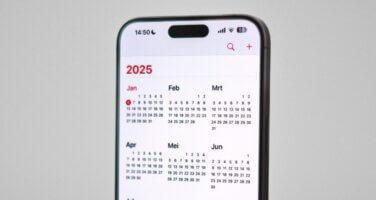Ensuring that all players, regardless of their abilities, can enjoy and interact with games enriches the games community and fosters inclusivity, and is simply the right thing to do.
Here are some key points a game studio could consider when designing games with accessibility in mind.

Understand the Spectrum of Needs
Accessibility isn’t a one-size-fits-all term. It encompasses a range of needs, including those of players with visual, auditory, cognitive, and motor challenges. Start by gaining a comprehensive understanding of these needs. Familiarise yourself with the World Health Organisation’s guidelines or consult with accessibility experts to get a broader sense of the challenges many players face.
Involve Organisations Specialising in Accessibility
Organisations like AbleGamers or the UK-based charity SpecialEffect have dedicated themselves to promoting inclusivity in gaming. Collaborating with such organisations offers insight into real-world challenges that players with disabilities encounter. They can also provide feedback during the development phase, ensuring that your game meets the necessary accessibility standards.
Prioritise Flexible Control Schemes
One of the most common challenges players face is navigating rigid control set-ups. Designing a game that allows for re-mappable controls, or providing alternative control schemes, can greatly benefit players with motor disabilities. Features like mouse and keyboard support, touch-screen adaptations, and compatibility with adaptive controllers can ensure a broader range of players can engage with your game.
Think Visually and Audibly
For players with visual impairments, elements like high contrast modes, scalable fonts, or descriptive audio can make a world of difference. On the other hand, subtitles, visual cues, and adjustable audio settings cater to players with hearing challenges. Ensure that these features are easily accessible and can be toggled on or off based on individual preferences.
Simplify Cognitive Load
Not all disabilities are visible. Cognitive disabilities can impact how players process information, remember game mechanics, or understand complex tasks. To cater to these players, consider features like adjustable game speeds, clear tutorials, or the option to turn off time-sensitive challenges.
Playtest with a Diverse Group
Engaging in extensive playtesting with a varied group of players is crucial. Including players with disabilities in your testing phase can help identify unforeseen accessibility barriers. Their direct feedback will give you a clearer understanding of where improvements are needed.
Regularly Update and Adapt
Accessibility isn’t a one-time task. As technology and player needs evolve, so should your approach to accessibility. Regular updates that address accessibility issues or introduce new features based on feedback can significantly enhance the gaming experience for many.
Advocate and Educate
As you embark on this journey, share your insights and experiences with the wider developer community. Hosting workshops, writing articles, or participating in forums can help spread awareness and promote accessibility best practices in the industry. As game designers, the power to craft engaging, immersive worlds rests in your hands.
By approaching game design with accessibility at the forefront, you’re not only broadening your audience but also making a statement that everyone, regardless of their abilities, has a rightful place in the gaming community.



